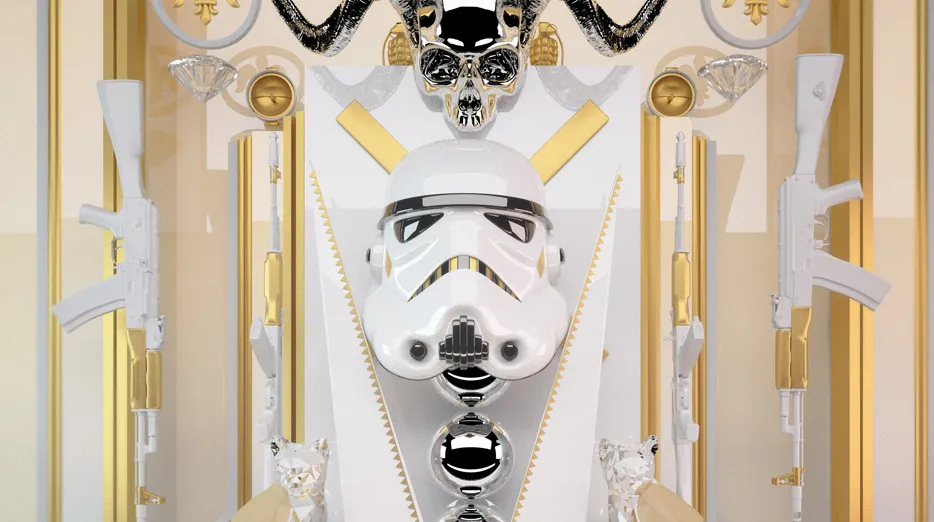Research is one of my favorite parts of the process. I actually enjoy most of them, but research feels like the golden moment. Anything is possible.
You get to spend time learning and experimenting and checking out all new kinds of cool stuff. Your mind is, or should be exploding with ideas and ways of connecting all sorts of new concepts and ideas, colors with typography, texture with different materials and so forth.
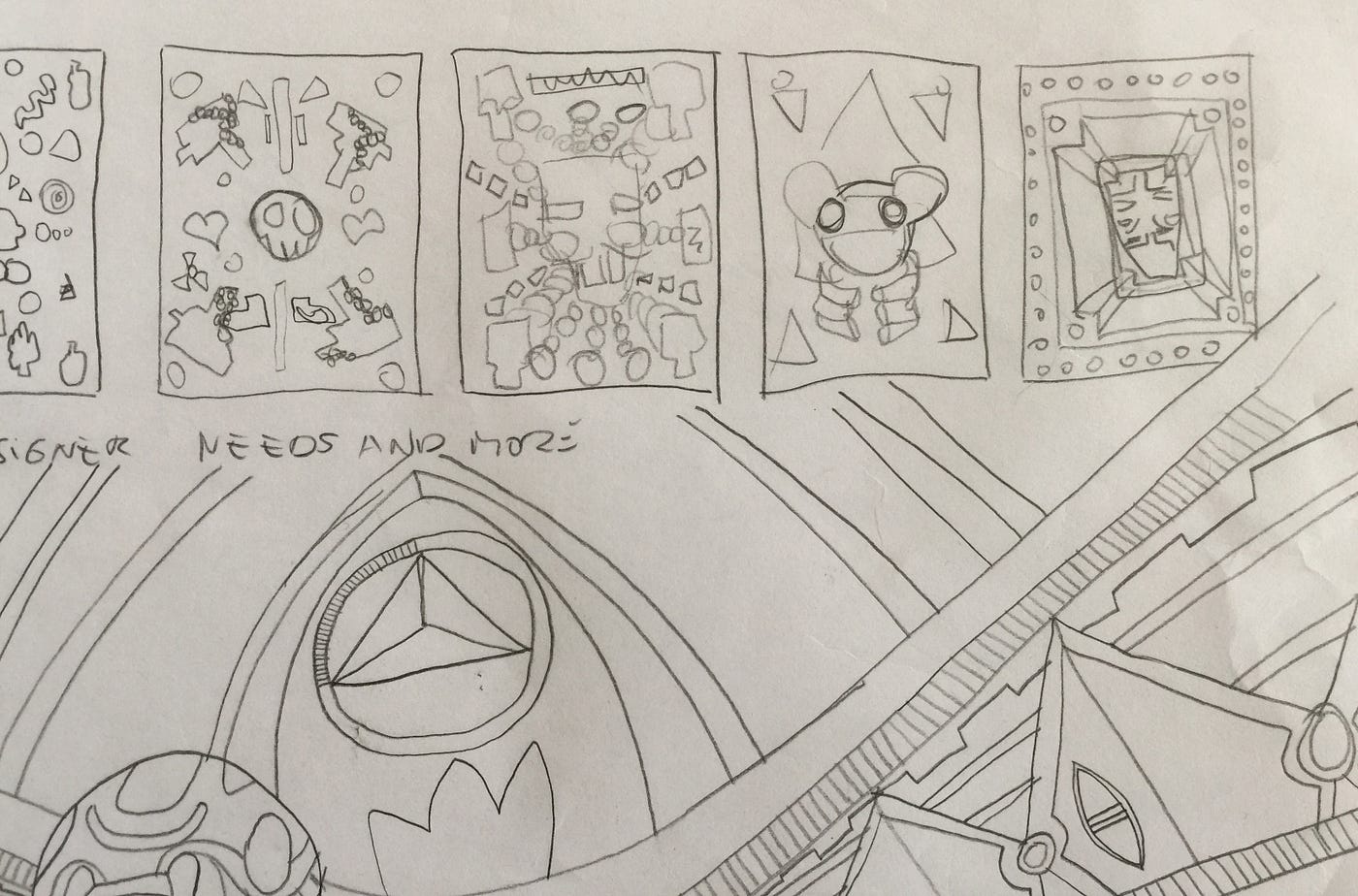
How do we structure the research process? Where to start first?
The first part of research should be non-visual.
Open wikipedia and start reading as much as you can about the briefed topic and feel free to explore some hyperlinks to lateral subjects.
Let’s assume that you got a briefing for creating a whole brand identity for a museum (I actually never did a Museum branding but I will try to be creative on this). A contemporary art museum that wants to celebrate 100 years of an artist that works only with colored pencils to create sculptures.
So what to do first? Well, encyclopedia. Lets open Wikipedia and start absorbing as much as we can about that museum:
When was it created? Who created it? Who was the architect? With which materials is it constructed? What kind of previous exhibitions were there in the past? What kind of people go there?
A good client he should provide you with most of this information from better sources, and can even render information about the audience that attend that museum, goals such as if they want to create a hype and bring in new types of audiences, etc. All this information is vital to have at least present at the time of creating the designs.
The next step would be to get deep into the life of the artist.
Who was he? When and where was he born? What did their parents do? How is the history of his work? Is the exhibition about a specific period of his life? Is there a concept for the curatorship of his work? How does he work? Which materials does he use? Is he creating any specific process that differentiates his work from something else? Are there any particular moments in his life that had a great impact in his life?
You should be documenting all this information.
Digital vs Analog?
The answer is: both. You should always to have a notepad with you.
I cannot stress the importance of this. Ideas come and go, and if you don’t write them down they disappear in the ether.
On the other hand the direct connection between seeing all your ideas on paper can fire up new other ideas and can give you a very clear panorama of things that you are missing.
In many ways the “process” is linear, you feed with different sources it but it always goes into one direction and it is your job to explore different directions but eventually decide for one with the client and explore it from beginning to completion.
The notepad is the fastest way to do small sketches and to have a mental record about what you were thinking at that particular moment.

I am personally a notebook junkie. Whenever I see a nice notebook I buy it, and I think “here I will write all ideas related to this” and in this one I will write all my project management, or long term goals. In the end, I always use the same. I have a lined Moleskine A5 size for a couple of years that I use for almost everything, and a couple of satellite notebooks that accompany everywhere I go.
I find the connection with the analog world to be a bit more solid. As discussed in the previous post, digital can be fleeting and ethereal. I think there is some sort of sorcery and magic that happens in the brain whenever we pick up a pencil or a pen and start writing.
My guess is that it activates a mixture of creative and logic parts of the brain that the digital world does not. There is always that glass screen that doesn’t let us really connect with the result.

Text Editors
Whenever I am doing research I use Word or Pages in order to store faster bigger chunks of detailed information.
(In parallel, I create a folder structure in order to store different images that come into my way, while we do the most basic research.)
The other advantage from text editors is that it forces us to start structuring the information, depending how deep we want to delve into the subject.
The times I’ve had the time to do proper research write down notes and deconstruct properly the creative brief, the more ready and secure you are to present your ideas.
Another advantage is that a lot of the stuff I start directly writing on my text editors, I can later on copy/paste into presentations, emails, etc.
Mind Trees
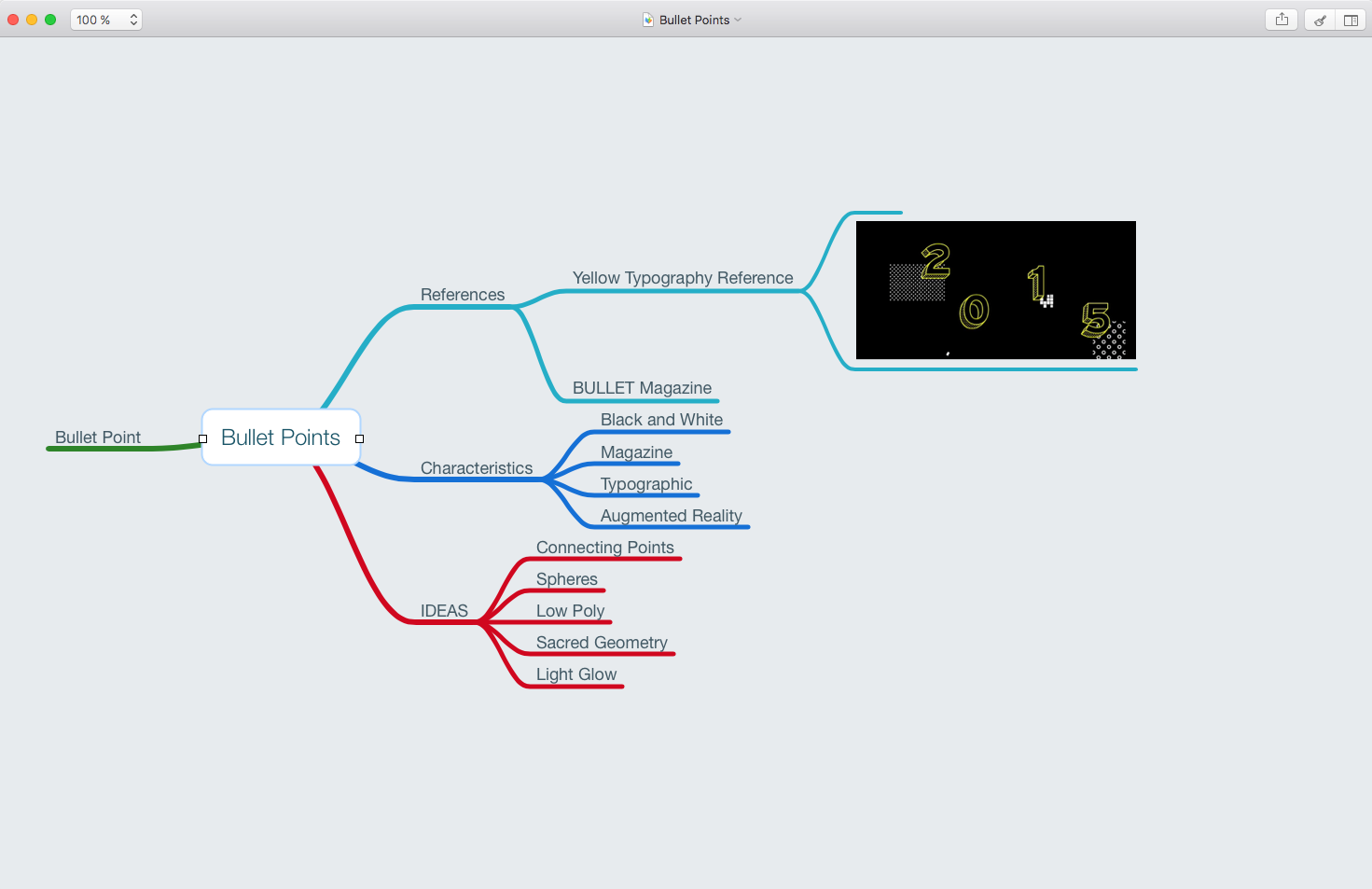
I found the use of mind maps or mind trees not so long ago (cheers up to Ash Thorp and Learnsquared) and I tried to include it to my workflow. I must admit I haven’t stuck to it 100% because new habits are hard to acquire but they can be super helpful.
I would definitely recommend to give it a shot and play around.
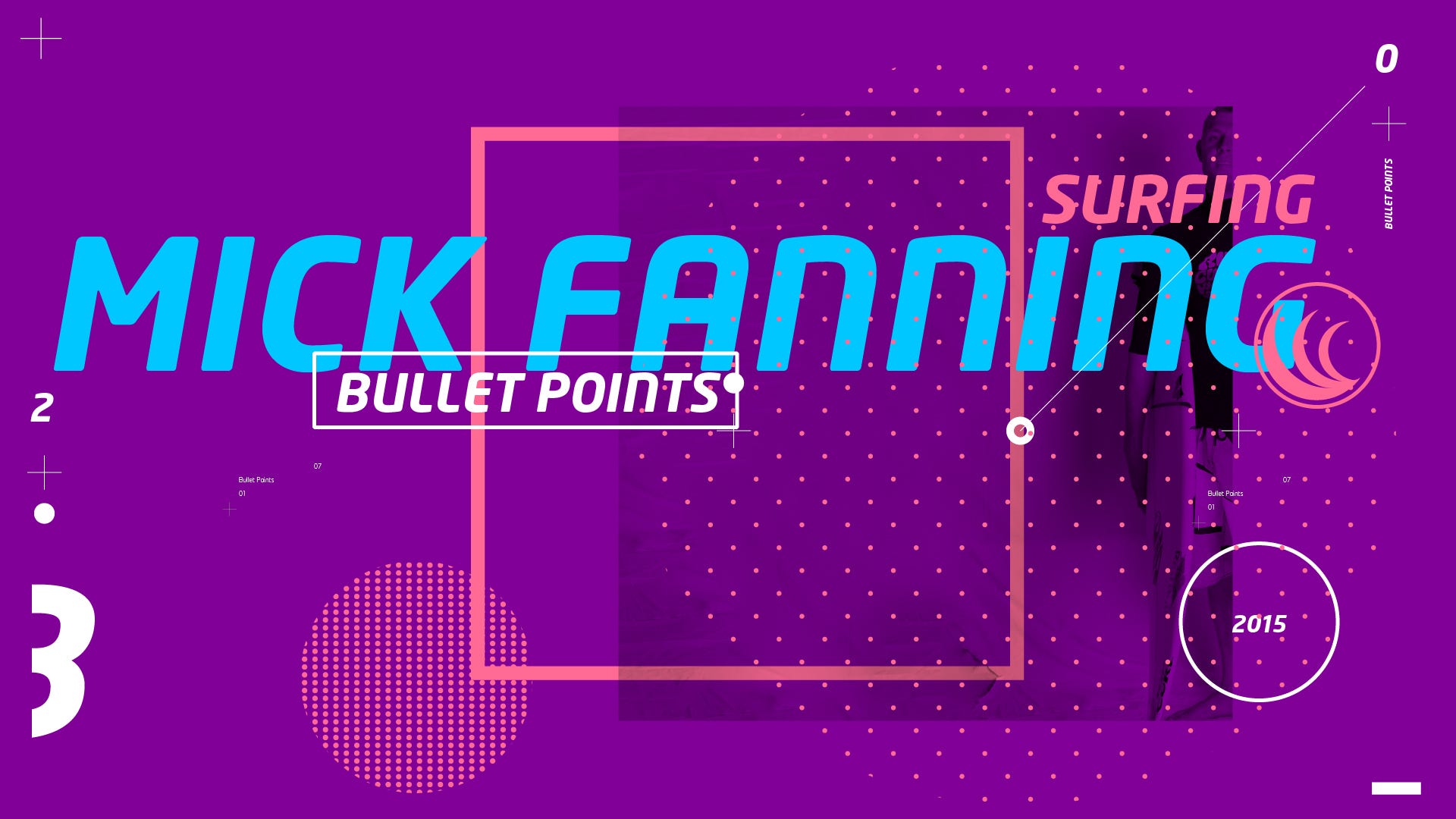
Cloud Notes
Evernote, Notes, Reminders, Google Drive.
All these note taking systems are also pretty cool, but I like to keep it simple. I usually have a honeymoon period with each app or service, but eventually I tend to go back to the basics. Notepad, Word, etc.
Since I am a Mac geek, I find the Notes app in the Mac OS and iOS to be pretty sweet. It is very nicely integrated and it feels seamless to sync all your notes between your devices and computers.
Another tool I use a lot for collaboration is Google Drive. Mostly because it has become a web-cloud based standard for word processing and sharing that is pretty much unbeatable. It works seamlessly between Mac and PC and mostly everyone has a Google account for something.
Back to the research!
So now we have our notes, we have our digital tools, we created a nice Mind Tree about the museum and the interaction with the artists, we have some interesting first ideas, we doodled a couple of nice posters, drawn some nice details for a typography game.
We have written down a couple of possible directions and things that have called our attention.
At this part of the process I feel my idea as a small source of light in the middle of a dark space.
We are standing in the middle of blackness and this light is glowing, it comes from both inside of us and its reflected in the exterior of this dark space.
Our job is to connect both lights, the interior one and the exterior.
The strength of the light is pretty weak. It is fragile but as the light glows, we can feel all the colors and the possibilities imploding at the same time, fighting to combine connect and explode into our final product.
The more we feed this light, the richer our project is going to be.
So now we are going to do exactly that.
In order to feed the light we have to diversify our research and start diving deep into our first thoughts and ideas.
Lets say we read that the architect of the museum was working with some special brushed steel material for the exterior of the museum and we feel a small weird connection between this, and some aspect of the life of the artist. For example, he spend his first years working at a steel factory saving money to finance his materials for his first period of work.
My next step would be to dive into the research on the subject of steel.
But this time make a little folder called “Steel” in your computer and start documenting everything that you find about steel and steel production. Make the research visual, try to find interesting things in the steel production, just as special machines, or high-res photographies of steel metal plates, brushed, raw, with special chemical treatments.

We are trying to find both conceptual and graphical elements that might link the museum to the artist. This might work or just be a stupid idea, but its worth to explore.
Another thing you can explore is the work of the artist.
He works with colored pencils, so maybe this can be another another topic to explore. Pencils, pencil production, materials, wood, type of pencils, type of colors, different color palettes. Try thinking of the pencil not as a pencil but as a shape.
Can we make an abstraction of the shape? Can we isolate specific color patterns that the artist is working on?
We can explore the process of repetition that the artist is using. Maybe that repetition is similar to other processes in nature.
The idea is to try to distill all the aspects of our research and try to get as much visual material in order to feed our minds and imagination before we start creating.
Try to go deep into your sources and avoid at this part of the process looking at other people’s work.
This type of research can take you to weird places, and I love that. You can end up reading about weird people that invented weird things or dwelve into 12th century monks creating special pigments for book production. You never know. Allow yourself if you have the time to explore these tangents, but keep in mind that you have to come back and try to respect the brief.
Reference Search
Now its time to dive into the graphic references. I like to have this process after our initial research to avoid getting obsessed with others people work and give some space to some more “pure” ideas.
On the other hand it is also important to be aware of what other people have done with similar briefs.
This part is also essential to the process. Without references (especially good ones) it is difficult to have good guidelines of good quality work.
The first I would do is to look for references of similar projects than the one at hand. Museum brandings, or museum related projects. Graphical images about special exhibitions.
I would collect all of this in a “Museum” folder for example. The idea is to absorb and compare.
It is key also to understand what is going on in the world, and have it present, because we want (or we should want) to create something that stands out.
Some things to keep in mind is that, for example, lets bluntly say that most of the museum work use the same typography and same background — lets assume white — we can already start thinking about maybe making the typography handwritten and use colored background.
In order to open the research we can refine our parameters. Start looking for graphic material from other periods of time. If you can find it in special books, or websites, or even libraries.
The next step would be to start looking at other type of work, from alternative places. Go nuts on Pinterest and do some freestyle research.
Research colors, techniques, composition, posters, videos, go to a museum, go outside and start taking pictures, I find really nice inspiration looking at window displays from high end fashion stores for example. Or just cruising around looking for posters in the city.
Try also to fragment the research.
You can do a specific search for colors, another one for pencils, another one for art installation, another one for typographic arrangements, and so on. Try to be conscious and organized and you will reap the rewards later on.
Proto Ideas
Now you should have a nice folder full of sub-folders with a lot of images from all over the place.
Some text written with initial thoughts, and some random words, concepts and ideas for different directions in notebooks, and random pieces of papers.
If we go back to our poetic metaphor our little black universe, should have now a lot of different colored lights floating around. They are smaller than the light that is coming from inside of use but we can now start to explore these different lights, and start making weird connections.
As a final part of this process one thing I personally do before diving into concepting and deciding for a direction — that I will cover in my next post — is to throw all the images that I have into a big Illustrator file, and start associating different images one next to the other according to random thoughts and connections that I find interesting.
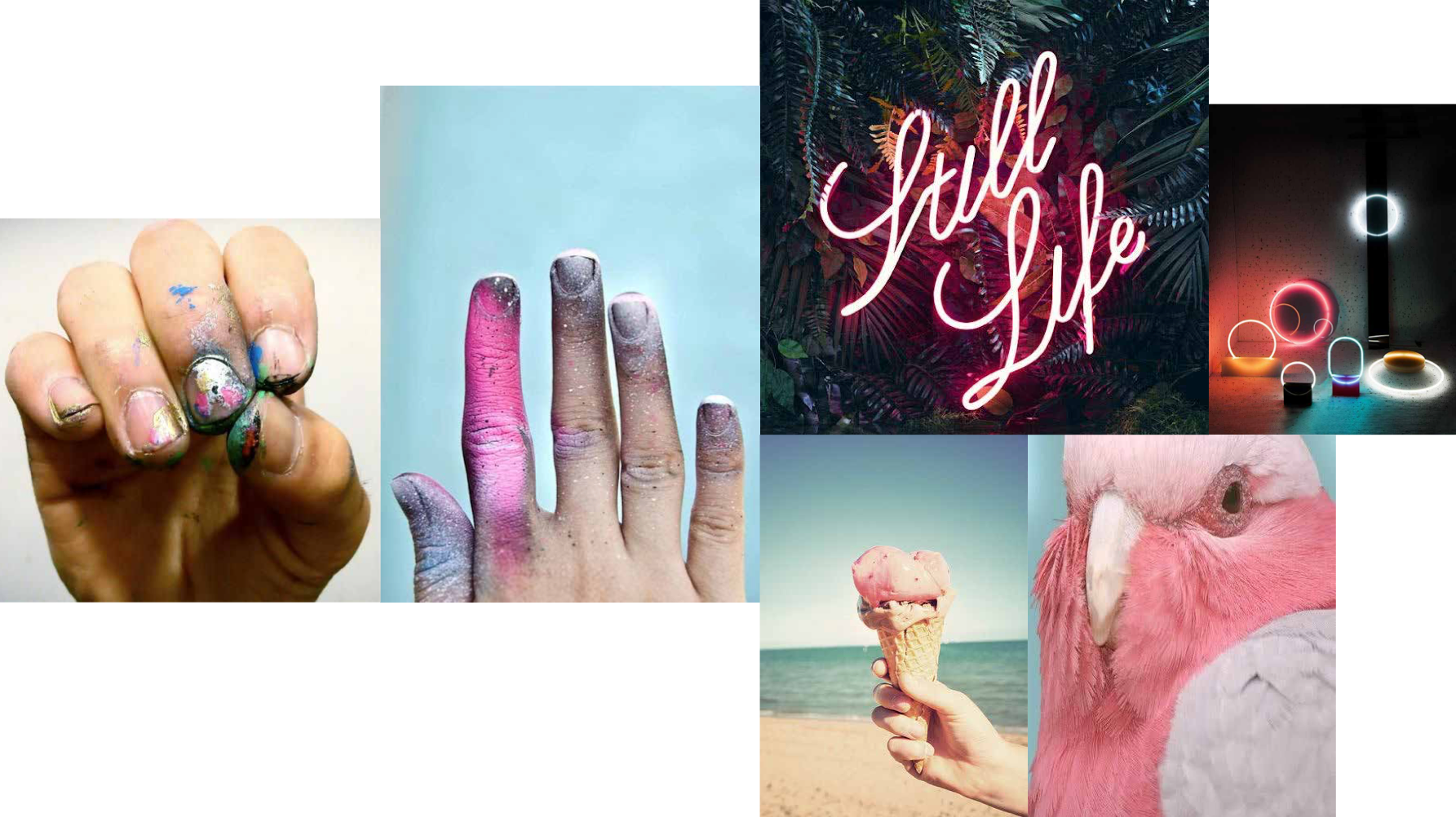
With this I already can have a global look on my research and the flexibility to start playing with it. Keep in mind that even though you will spend a couple of days or weeks doing proper research for a specific project.
New ideas will fire up and maybe new input from the client will make you change your direction or point of view on the project.
This is an open process and it is constantly feeding itself.
You might even be in the middle of the production process and you realize that you need more logo references, or didn’t realized that you need photography references for portraits.
Another good tip is to always keep the good sources bookmarked.
You can have a RSS feed with all the blogs you love, but also keep in mind that a lot of artists are creating a lot of interesting work that is more open.

They might explore just color, or light, or create some really cool characters without an industry related goal. As an Art Director, you should be aware of all of this. You should have some favorites and you should be constantly in the look for inspiration from everyone and everything.
It is your job to be informed.
The fun has just started!
